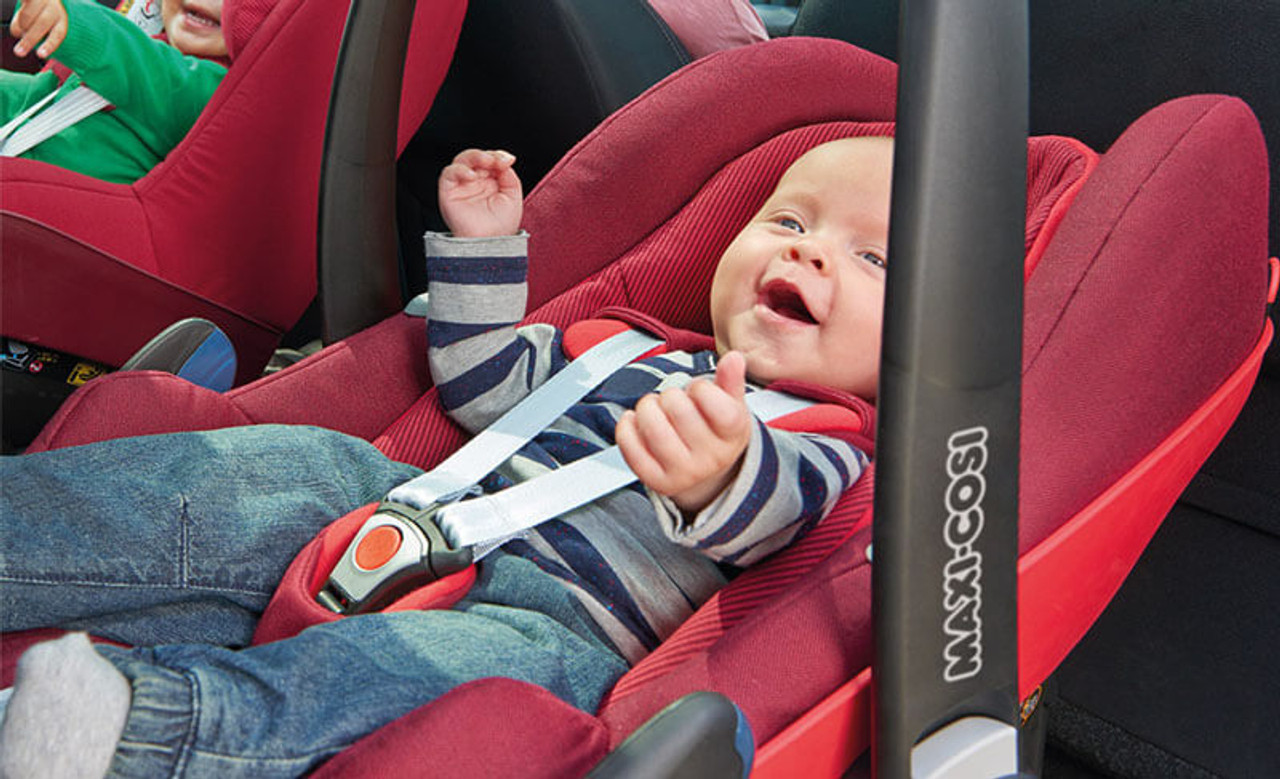When it comes to buying a car seat for your child, it is very easy to assume that all seats will provide the same level of protection to your little one because surely a car seat wouldn’t be on sale if it wasn’t safe? This can often lead some people to make decisions based upon extra features, price or even colours and not the actual safety rating of the seat itself.
The latest UK legislation states that all car seats available to purchase must be subjected to simulation testing under two current regulations; R44 and R129 (Also known as iSize). Under the R44 test the seat must undergo, amongst other tests, a frontal collision and rollover testing with a dummy that is representative of the weight group for that car seat. All car seats available to purchase must pass the R44 test as a minimum.

The R129 regulation, commonly known as iSize, is a tougher test to pass however it is a standard that is becoming widely available from a lot of brands after it was first introduced in 2015. Car seats that adhere to the R129 regulation have to undergo a frontal collision, a rear impact collision and a rollover test, however, the main difference with iSize seats is the extra side impact testing that is carried out to protect your child in the event of a side impact collision. The dummies used in iSize testing are referred to as ‘Q’ dummies which enable forces to be measured and they are also a more realistic representation of the child’s height rather than weight.
All car seats that are available for sale in the UK have to pass the R44 regulation as the minimum standard however the spectrum of results can vary massively and whilst some car seats far exceed the standard, others will only just pass.

For those car seats that far exceed the standard, these models are recognised during testing from independent test houses such as ADAC who release test results every year for some of the newest car seats on the market. This test far exceeds the standards and in order for a seat to pass the ADAC test, it must undergo a frontal impact using different sized test dummies as well as other tests including rear and side impacts. The overall rating for the seat also takes into consideration ease of use because a complicated car seat could have the potential to be fitted incorrectly so by choosing a car seat from this list, you will have complete peace of mind.
The Swedish Plus Test is also an independent test that was introduced in 2008 and in order to undergo this testing, the car seat manufacturers must apply themselves with the car seat they want to be tested. The SPT was introduced for rearward facing seats and it is the only crash test that measures the load in a child’s neck in a crash, so far only 14 seats have passed the test with regular appearances from BeSafe, Britax and AxKid. This test is highly respected by car seat manufacturers worldwide and it is also worth noting that forward facing seats cannot pass this test which goes to show just how safe ERF seats are!
We know that car seats can be confusing, especially for new parents but no matter what the age of your child, don't just accept that a car seat is ‘approved’ for use. In some instances, your car seat could be life-saving so make sure you’re choosing the best! Check out our Car Seat Buying Guide for more information.

